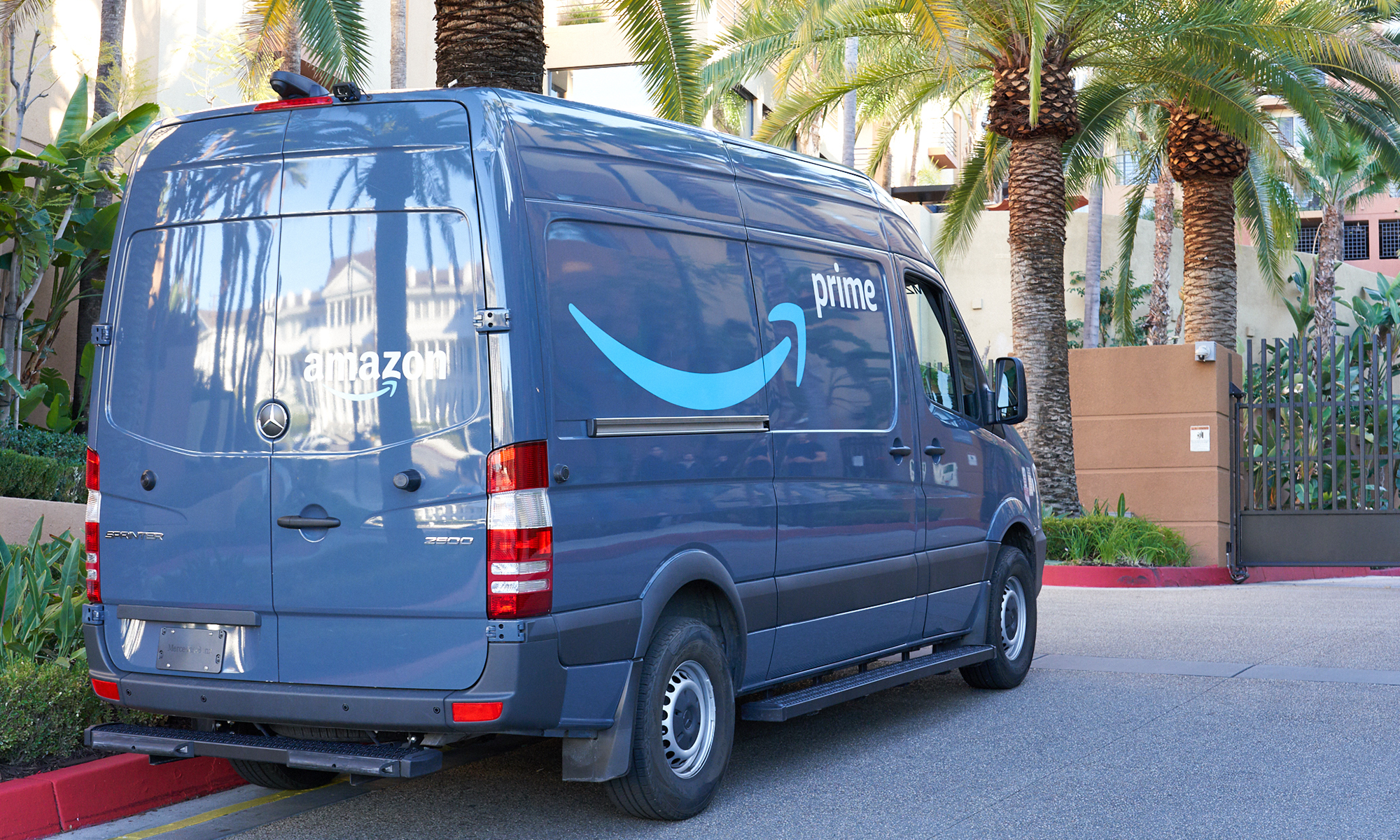Amazon (AMZN 1.80%) intends to slash as many as 30,000 corporate jobs, according to Reuters. The layoff announcements could come as early as Tuesday.
Amazon is one of the largest employers in the U.S., with over 1.5 million employees. The job cuts will reportedly reduce the e-commerce and cloud computing giant's corporate headcount by nearly 10% and overall employee base by about 2%.

NASDAQ: AMZN
Key Data Points
Overexpansion has led to job cuts
Andy Jassy began working to shed costs soon after he became Amazon's chief executive officer in 2021. Prior to becoming CEO, he oversaw the company's fast-growing and highly profitable cloud infrastructure business, Amazon Web Services (AWS). After taking charge of the entire enterprise, Jassy quickly sought to instill financial discipline in the rest of Amazon's sprawling business empire.
Still, Amazon expanded aggressively during the early stages of the pandemic. The online retail colossus spent heavily to build more e-commerce fulfillment centers and strengthen its delivery network. But as pandemic-related sales began to slow, Amazon was forced to pare back some of its expansion plans. The expected spate of job cuts is likely aimed at streamlining Amazon's cost structure to better align with the company's current sales trends.

Image source: Getty Images.
Jassy's pursuit of AI-driven efficiency gains
Advances in artificial intelligence (AI) are also likely playing a role in Amazon's staff reductions. In June, Jassy said he expected the company's workforce to shrink in the coming years as Amazon adopted more generative AI tools. Jassy believes AI will help the retail titan become more efficient and, by extension, more profitable. Job cuts are a method to harvest those savings.
Moreover, Jassy hates bureaucracy. Instead of acting like a lumbering goliath, Jassy wants Amazon to move fast to seize opportunities like a smaller start-up. His strategy, thus, calls for reducing layers of management that can stifle innovation.
AI-powered profits could fuel Amazon's cloud growth
If Amazon can demonstrate that its AI offerings are producing real savings, it could provide a much-needed boost to its cloud-computing operations. Many AI applications are delivered via cloud platforms like AWS.
AWS remains the clear market leader, with a 30% share of the cloud industry compared to 20% for Microsoft's Azure and 13% for Alphabet's Google Cloud, according to Statista. But Amazon's rivals have been growing faster. And Amazon recently suffered another black eye when an AWS outage took down a host of internet sites for several hours.
Investors can expect to receive an update on Amazon's cost-cutting initiatives and cloud performance metrics when it releases its third-quarter financial results on Thursday. Management plans to hold a conference call with analysts that same day at 5 p.m. ET.





